Back to Earth: First PA, Youngest American Reflects on Historic Flight to Space
PA Hayley Arceneaux Represents ‘Hope’ for Pediatric Cancer Patients, Inspires Fellow PAs
By Paulette Bleam, MBA
January 28, 2021
On September 16, 2021, the countdown began: 10, 9, 8… but even as “liftoff” was announced, Hayley Arceneaux, PA-C, felt only anticipation as she made history, becoming the youngest American, first pediatric cancer survivor, and first PA to go to space.
“I kept waiting for the nerves to hit. I was like, ‘Well, I’m not nervous now, but maybe when I strap in.’ Or maybe when they’re counting down,’” she said. “But really, I just felt so excited, like exhilarated, and ready. When they were counting down, I wasn’t nervous because I was like, ‘Great, in nine minutes, I’ll be in space.’”
Arceneaux served as the Medical Officer on the world’s first all-civilian space flight, which circled the Earth for three days on a SpaceX Falcon 9 rocket as part of the Inspiration4 mission. She and three other crew members traveled farther into space than any human has gone in more than a dozen years.
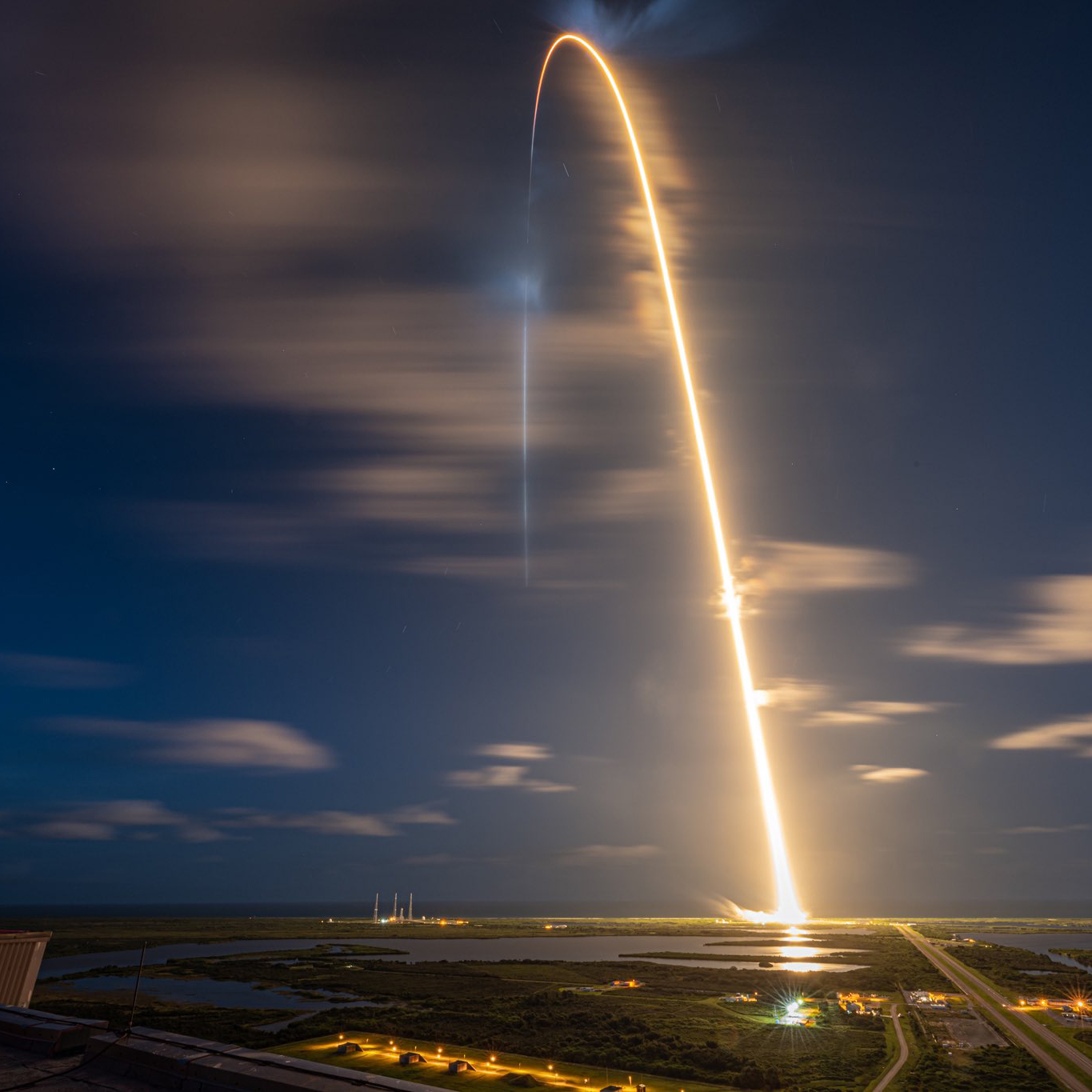
Despite the challenge facing them that day, she said her crewmembers felt the same way she did: calm, excited, and happy to be there.
“As we were going up to space, we did a lot of fist bumps, just really encouraging each other, and then we were in space together, and it was just the best – the best feeling,” she said.
Arceneaux practices at St. Jude Children’s Research Hospital in Memphis, Tennessee, where she specializes in pediatric oncology and works inpatient with children fighting leukemia and lymphoma. She underwent treatment there herself for bone cancer at age 10, undergoing chemotherapy and surgery that resulted in metal rods replacing a portion of her bones in her left leg. She spoke to AAPA in March 2021, shortly after learning she was selected to represent the “Hope” seat on the Inspiration4 mission led by tech entrepreneur and benefactor Jared Isaacman in support of a fundraiser for St. Jude.
Training to Become the First PA in Space
Arceneaux and her crewmates underwent about six months of training that consisted of studying and learning about the spacecraft, orbital mechanics, and spending time in the simulator at SpaceX – with one simulation that lasted 30 hours – to replicate everything they would be doing in space.
“By the time we were going to space, we felt just like we were in the simulator all over again. That’s how well-prepared we felt,” she said. “The rocket ride up to space was the smoothest ride of my life.”
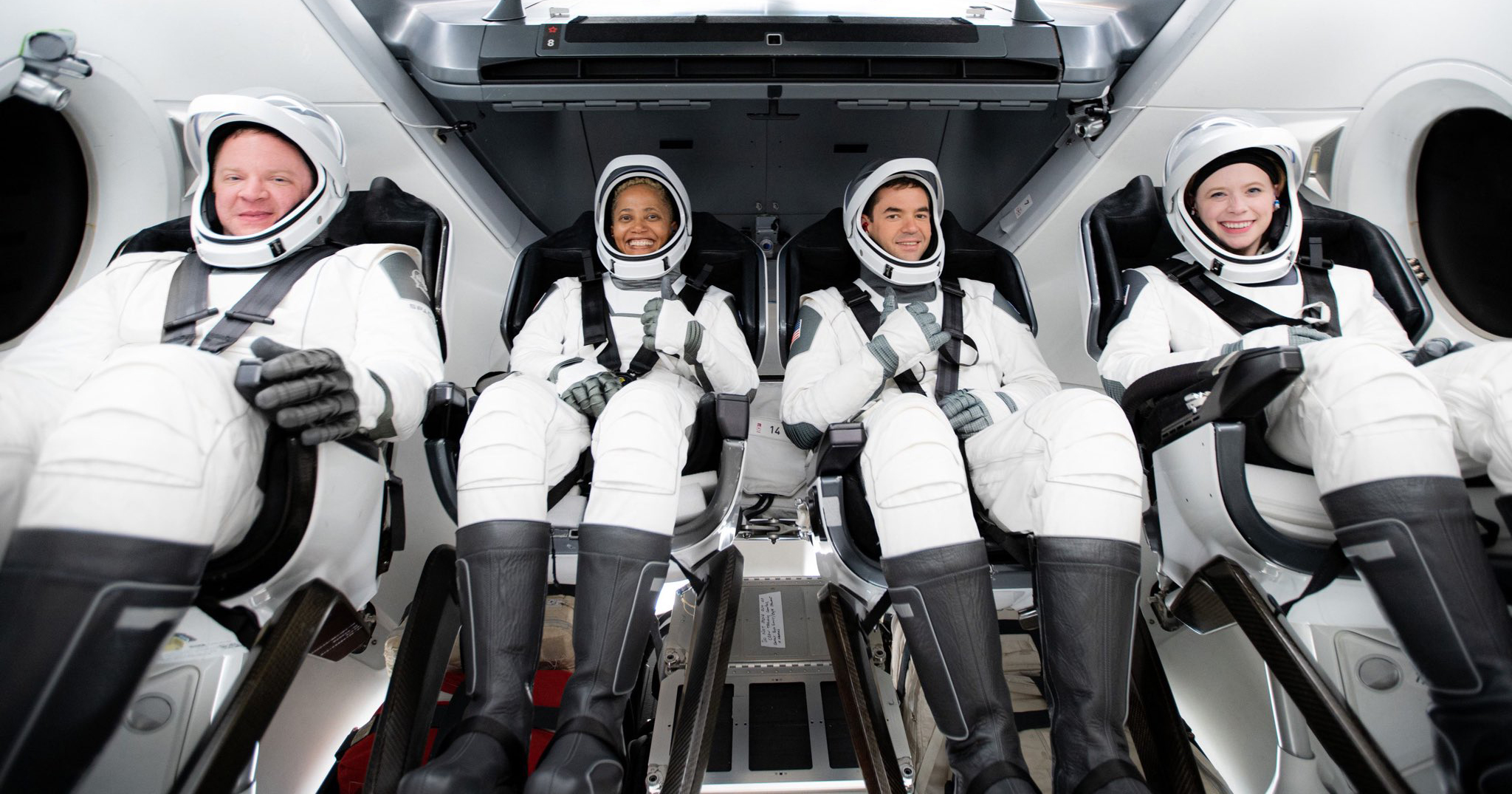
They also underwent hypoxia and water-survival training, and the crew hiked Mount Rainier together as a team bonding experience.
In addition, they underwent centrifuge training to get accustomed to the gravitational forces they would experience with launch and re-entry. As part of this, Isaacman took the crew up in fighter jets to experience increased G-forces.
Arceneaux described zero gravity as a strange sensation and the weirdest thing she has ever felt, but she got used to it quickly.
“During training, they nicknamed me the ‘G Monster’ because with centrifuge training and fighter jets, I loved G-forces, which is basically an increased amount of gravity,” she said. “But now after space, they’re calling me the ‘Zero-G Monster’ because I absolutely love being in a zero-gravity environment. I swear the whole three days, I was doing flips constantly, just because I could. And I knew I’d have three days in my whole life without gravity, so why not flip the whole time?”
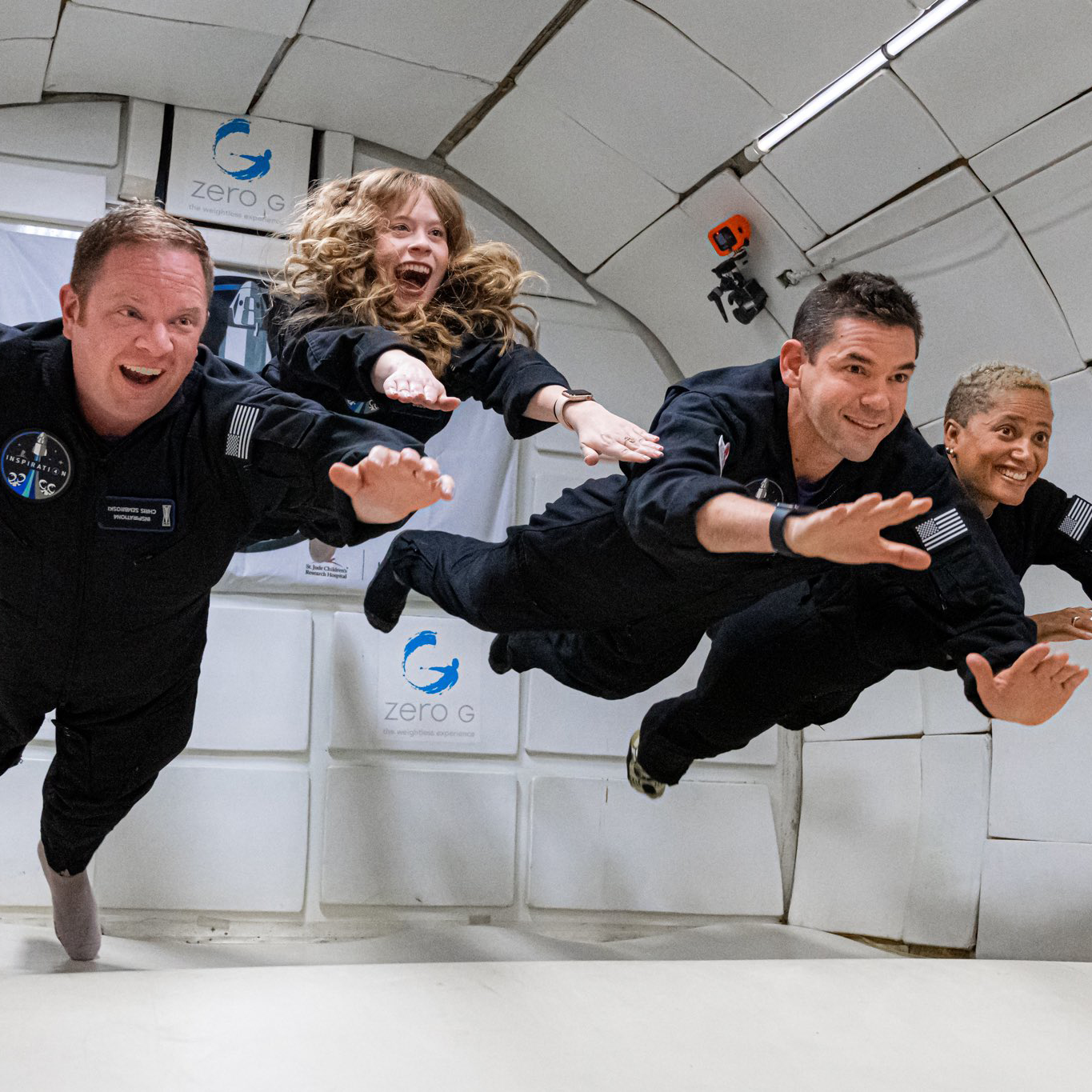
While Arceneaux served as the Medical Officer, she said everyone received basic space medicine training and Christopher Sembroski trained to fill in as her backup in case she became ill.
“One thing that we really prepared for was nausea with space motion sickness, and also practiced some procedures, ones that I have experience with, in case somebody had a laceration,” she said.
“Being a PA, now that I’ve been practicing for five years, I was very prepared to take care of my crew members in space. And especially my three-and-a-half years working in adult emergency medicine,” she said. “And I did use my medical officer training in orbit and helped out some of my crew members when they were sick.”
Arceneaux felt confident in her role, given her medical background as a PA – and appreciated that her crew members were equally confident in her, as well.
“My crew members were very happy that they had a PA on board. On medical training day, they were like, ‘oh, Hayley’s got this.’”
Conducting Medical Research in Space
The Inspiration4 crew conducted a lot of medical-based research in orbit, and Arceneaux led those projects which consisted mostly of pre-and post-flight analysis. The crew did cognition tests prior to flight, in-flight, and post-flight, and they also did vestibular testing pre-flight and post-flight.
Other tests included ultrasounds on some of their largest blood vessels to evaluate the fluid shifts that occur in a micro-gravity environment, and exams to evaluate changes to the microbiome during the three days in orbit in a small capsule.
There were also daily private medical conferences Arceneaux led with the flight surgeon and mission control. During those conferences, the flight surgeon would check on the crew from a medical perspective and go through a list of questions of the most common things that could occur in space.
While there are no preliminary results to share right now, the crew was promised to be updated every step of the way.
“We had all of the blood drawn, gave plenty of samples, including skin biopsies, and so I’m just eager to see how all of this turns out,” she said. “We’re just getting more and more data with these short-duration space missions.”
Food ‘Fights’ with Crew Members
Arceneaux describes her crew members as “family,” saying they got along beautifully and they continue to communicate daily via group text.
Arceneaux said her favorite memory of her crewmembers included eating together in space. While the crew spent parts of the day working on different projects, they all came together for meals.
“They gave us a good amount of time for our meals because they knew we would be playing with the food more than eating it,” she said. “We were just so happy together and joking around and having so much fun, and that especially came out during meals.”
She said when they arrived in space, they wanted to practice catching food in their mouths – and she loves the memories of figuring out how to do that.
“At the first meal, I chucked this peanut M&M at my crew member, and it went flying around the capsule, bouncing off walls,” she said, laughing. “Then we learned there’s actually a technique to it. It’s a very slow glide to get it perfectly in their mouths. And then you have to be able to catch it well, too, which I’m terrible at. But I did get better in three days.”
Bonding with Patients in Space
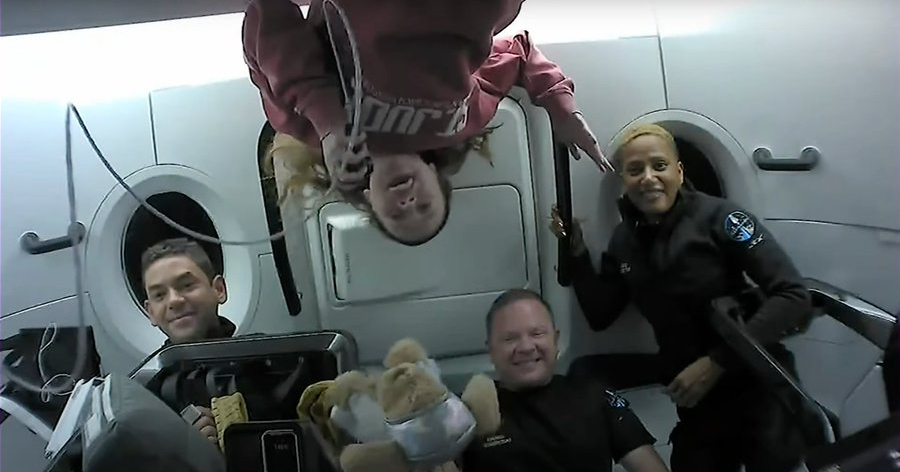
Arceneaux said talking with St. Jude patients was her favorite moment of the mission, which is what she expected. She made sure to flip upside down during the interview because she wanted to show them she was actually in space.
“When we did the call, it just brought us all so much joy,” she said. “And a lot of the kids on the call asking questions were my own patients who I’ve gotten to know so well.”
She said the kids were engaged in the call, asking interesting questions and many others watching the call live. They all got a tour of the capsule as well as the incredible view of the Earth.
Arceneaux said she found much of her hope from St. Jude when she received treatment there as a child, and she tries to share this same hope with her patients – but representing the “Hope” seat, and sharing this experience over a call with patients, brought the experience full circle.
“I was able to end the call telling them, ‘If I can do this, you can do this.’ I got to tell them how proud I am of all of them, and how we were doing this mission for them,” she said. “Just knowing there were so many kids watching, both in treatment and survivors, I was really hoping to inspire and empower them.”
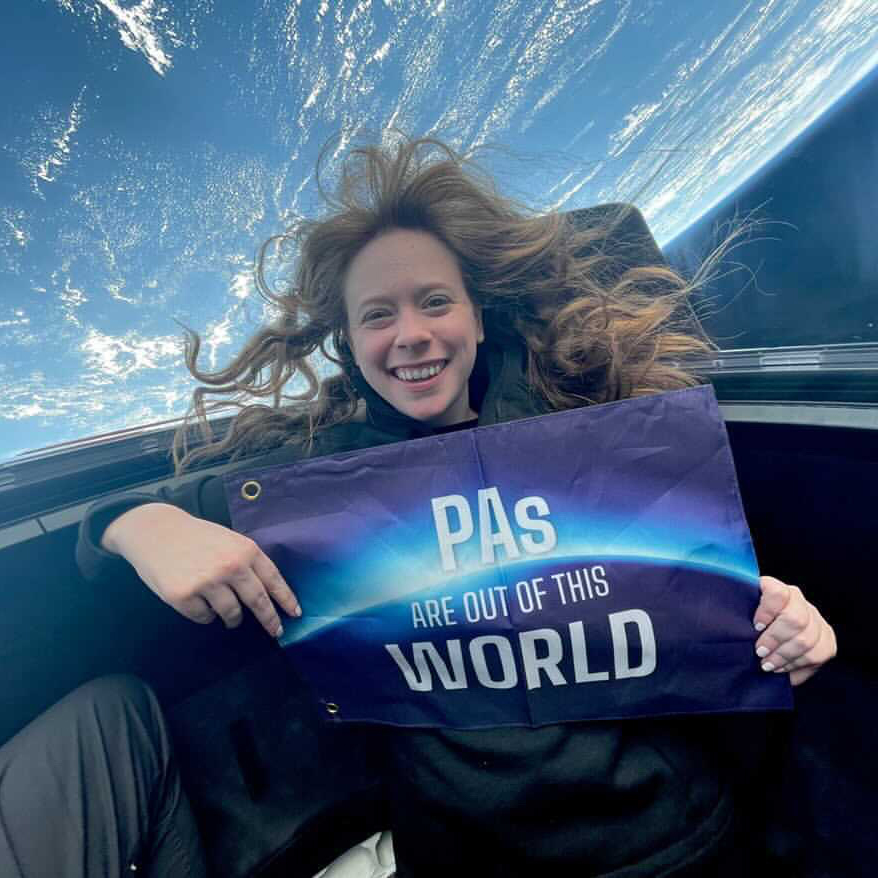
PAs Are Out of This World
Arceneaux wanted to visually represent PAs while in space, so she worked with AAPA to design a flag that said, “PAs Are Out of This World.”
During PA Week, she shared a photo waving the flag from the glass cupola, the largest window that has ever been flown in space, showing the Earth in the background.
“I’m just so proud to be a PA and I was especially proud in that moment, and seeing where our profession can go. It can literally go out of this world,” she said. “We’ve practiced in all 50 states, all over the world, and now, out of this world.”
What’s Happened Since Splashdown
Since returning to Earth, Arceneaux joined the SpaceX medical team, where she is using her experience as a PA and in space to help medically train and support commercial astronauts for their future missions.
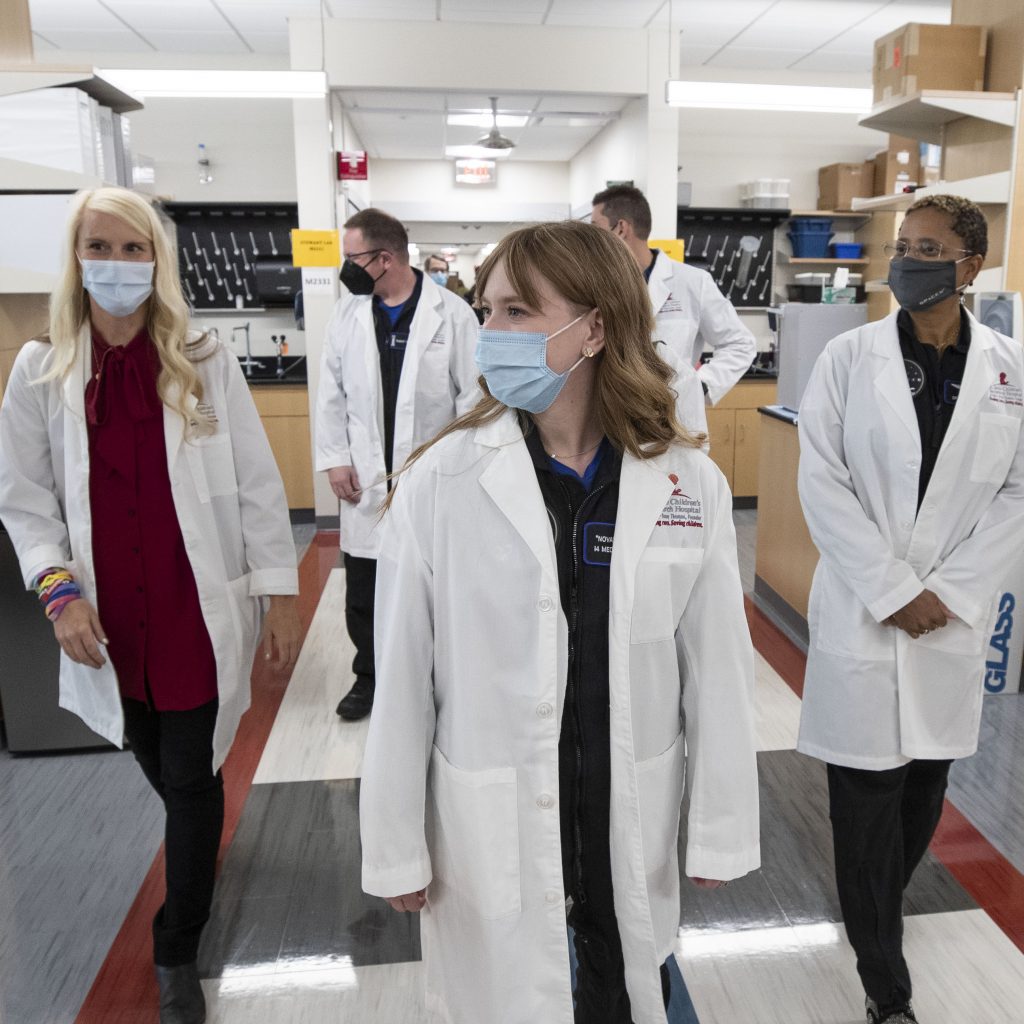
In addition, the Inspiration4 Advanced Research Center opened in April 2021 at St. Jude, which is a 625,000 square-foot research facility to accelerate the pace of discovery for childhood cancer and other diseases.
Aside from work, Arceneaux is an avid traveler and said seeing the Earth from space made her want to travel even more.
“I was adding so many places to my bucket list – like, ‘this place looks pretty, I should try to go there too,’” she said. “I’ve always had a really long bucket list, and now it’s even longer.”
But for now, she has returned to St. Jude, which she describes as her “dream job.” She has been able to meet with patients and their families and has shared her experience and pictures from space.
“First and foremost, I’m a PA and I have the greatest job ever. I absolutely love working with these kids. And I’m excited to come back and continue to share this experience with them,” she said. “I feel like it’s my duty to share my space experience with everyone for my entire life because I recognize how lucky I am that I got to see the world from a perspective that so few have seen.”
While she will go down in history as being the first PA in space, she makes it clear that being an astronaut comes second in her resume.
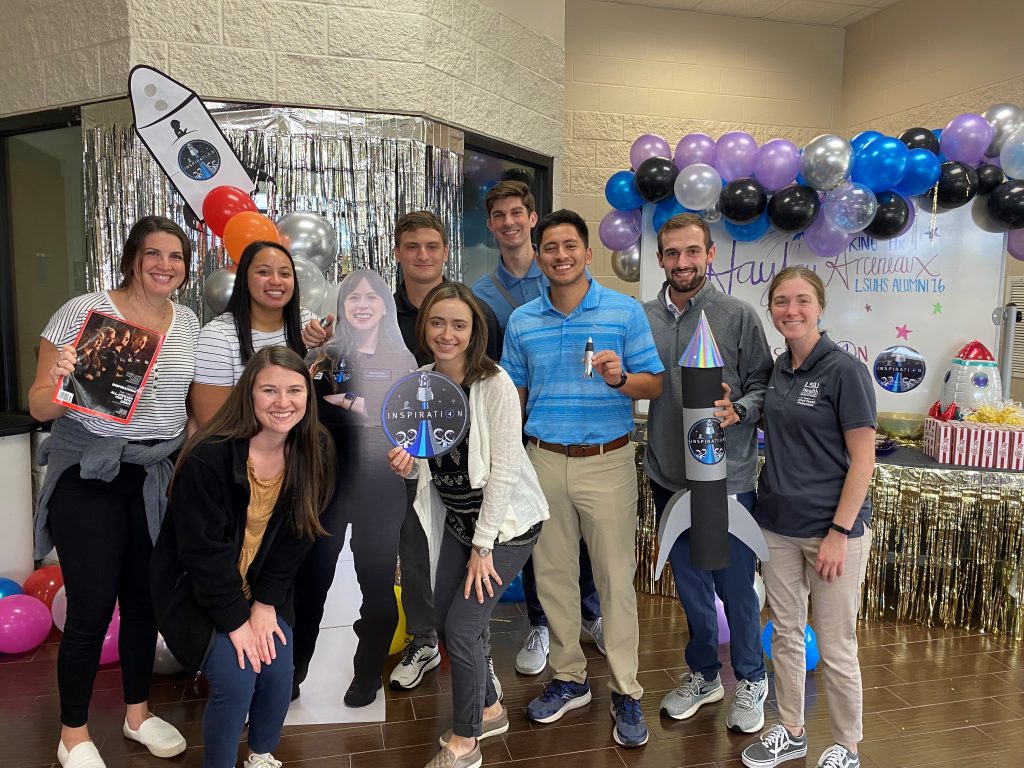
“Being a PA really is my identity,” she said. “Yesterday, someone was calling me ‘Astronaut Hayley’ and I corrected them and said, ‘PA Hayley – who’s also an astronaut, but really, I consider myself a PA first.’”
Arceneaux reiterated her appreciation to the PA community, including her alma mater, LSU Health Shreveport PA program, which held a celebration on launch day.
“I want to thank PAs so much for all the support. It has made this mission easier on me, feeling so supported, and I was just so proud to represent PAs and show the world what we can do,” she said. “And that now includes space medicine.”
The Inspiration4 mission surpassed its original goal of raising $200 million for St Jude and donations will be accepted through February. If you’d like to learn more or donate toward this fundraiser, please visit Stjude.org/inspiration4.
You May Also Like
Reaching New Heights: From Cancer Survivor to Becoming the First PA in Space
PA Student Proves Tenacity, Mental Balance Lead to Paralympic Gold
Neurosurgery PA Combines Love of Music, Medicine, and Science
Paulette Bleam, MBA, is AAPA’s director of social media. She can be reached at [email protected].



